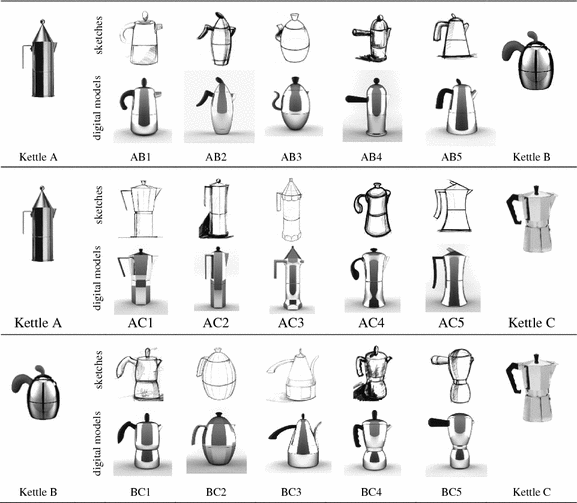
CHOPs - channel operators - for procedural animation and audio manipulation.SOPs - surface operators - for procedural modelling.OBJs - nodes that pass transform information (Traditionally these contain SOPs.).Houdini's operator-based structure is divided into several main groups: Houdini uses this procedural paradigm throughout: for textures, shaders, particles, "channel data" (data used to drive animation), rendering and compositing. This proceduralism has several advantages: it allows users to construct highly detailed geometric or organic objects in comparatively very few steps compared to other packages it enables and encourages non-linear development and new operators can be created in terms of existing operators, a flexible alternative to non-procedural scripting often relied on in other packages for customisation. Houdini's procedural nature is found in its operators - digital assets are generally constructed by connecting sequences of operations (or OPs). In addition, Houdini also requires a 3 button mouse (scroll wheel optional) and recommends a Wacom tablet for painting tools. Due to this difference in function from typical 3D software, the CPU requirements are far more open. As a result, Houdini specifies the requirements as an ATI FirePro or an Nvidia Quadro graphics card which is more stringent than the requirements for most 3D software. Houdini tasks the Graphics Processing Unit ( GPU) rather than the Central Processing Unit ( CPU) which is not typical to most 3D apps. However, any major scripting languages which support socket communication can interface with Houdini. Python is increasingly the scripting language of choice for the package, and is intended to substitute its original CShell-like scripting language, Hscript.

Houdini is an open-environment and supports a variety of scripting APIs.

#AVID ELASTIC REALITY HELP CORISPONDING POINTS FULL#
Compositing - full compositor of floating-point deep (layered) images.



 0 kommentar(er)
0 kommentar(er)
